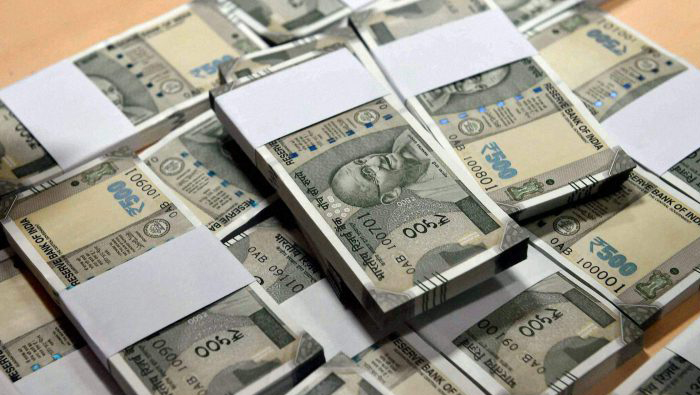
Muscat: One Omani rial is now worth more than Rs.188, as the Indian rupee’s unchecked slide continues, and could touch Rs.190 in the next few days.
R Madhusoodhanan, general manager for Global Money Exchange, said that this was purely a matter of economics, with the rupee currently hovering around Rs.188.486 per Omani rial, the highest it has ever been.
“There are both global and local factors that affect the slide of the rupee, and to be honest, one rial being equal to Rs.190 is not that far away right now,” he said. “Nobody can predict how the rupee will behave in the next few days because it has been on the downward slide for some time now.
“Globally, the price of Brent Crude is quite high for India, and because India is an overall oil importer, this is affecting the price of the rupee. It was expected that the cost of Brent Crude would be placed at around US$60 a barrel, but it is now a bit higher than that.”
“Also, India imports many other things such as electronic goods, and this affects India’s current account deficit, which is growing because India has also borrowed a lot of money and it needs to pay its debt and service it as well, and that is also increasing the exchange
rate of the rupee,” added Madhusoodhanan.
“The Reserve Bank of India is trying to alleviate the situation by introducing bonds that non-resident Indians can invest in.”
He added that the drop in currency was something affecting many nations across the world. At the close of the Indian markets, the rate of the rupee to the dollar reached a record high of Rs.72.67 during the day, before closing at Rs.72.40.
“Because of the global economic uncertainty, a lot of people feel that buying currency in dollars is a safe option, and because of this, the demand for the US dollar has increased tremendously,” said Madhusoodhanan.
“Now, even importers of goods are choosing to trade in dollars instead of rupees or any other local currency. The yen, yuan, Philippine peso, euro, all the currencies have had to adjust to account for this.”
The rupee is now at an all-time low, and although financial analysts would be hoping for the currency to strengthen, they say it is only expected to depreciate further in future.
“This is now anybody’s market, because no one can tell how the rupee is going to behave,” said PK Subudhi, general manager for Mustafa Jawad Sultan Exchange.
“Even if you take the oil prices and the global uncertainty into consideration, they are not going to justify the sudden depreciation of the rupee. The reason this is happening is because currently the stock markets in India have no support. There is no intervention from either the Reserve Bank of India or the government.”
“Normally, what would happen during a time like this is that the RBI would either sell some of its foreign currency, normally dollars, to strengthen the rupee, or it would issue a statement to reassure people over the fluctuations,” he added.
“The rupee is currently fluctuating by two to three paise every minute because no one is willing to say which way it will go.”
Subudhi added that increasing fuel costs in India had indirectly made the situation worse: a countrywide strike is currently in effect as shopkeepers are protesting the rise in fuel prices.
“The Congress has called for a one-day nationwide bandh to protest the rise in fuel prices because there are many who feel that they are now not affordable to the common man,” he explained.
“Other political parties are also involved in this against the ruling BJP so the government has to take some action. The economy will only suffer further if it does not return to normalcy.”